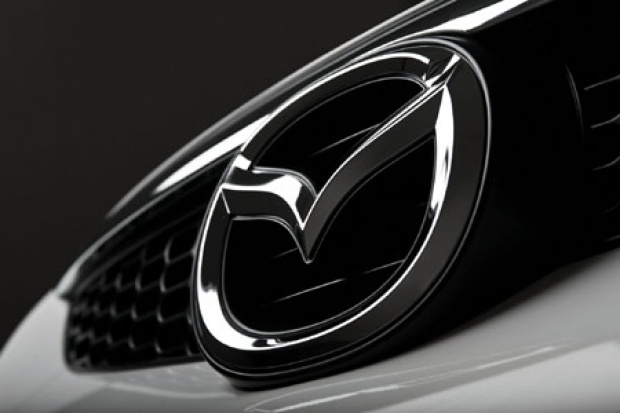Halifax-based Dalhousie University researchers, led by Jeff Dahn and supported by Tesla, have reported breakthroughs in lithium-ion battery durability. A novel single-crystal electrode technology demonstrates the potential to increase battery life eightfold compared to conventional lithium-ion cells, with applications extending beyond electric vehicles.
The team’s findings reveal that a single-crystal lithium-ion battery cell endured over 20,000 charging cycles before its capacity fell to 80%—a stark contrast to the 2,400 cycles achieved by a polycrystalline counterpart. This durability equates to roughly eight million kilometers of driving in an electric vehicle. However, the significance of the research lies in the analysis method rather than the technology itself. Using high-energy synchrotron X-ray diffraction (SR-XRD), the researchers non-destructively examined battery degradation over time, a novel approach for commercially manufactured cells.
“Our research aimed to understand how damage and fatigue develop in a battery over time and identify strategies to prevent it,” explained Toby Bond, a senior scientist at the Canadian Light Source and one of the study’s lead researchers. Jeff Dahn, a principal investigator funded through Tesla Canada and NSERC’s Alliance program, emphasized the importance of such innovations for extending battery life.
The durability of the single-crystal cathode stems from its particle structure. Unlike polycrystalline cathodes, which researchers liken to fragile snowballs, single crystals resemble sturdy ice cubes, making them resistant to mechanical stress. “In our images, it looked very much like a brand-new cell,” Bond noted, referencing the lack of microcracks found in single-crystal electrodes.
This advancement, while not entirely novel, could inform industry practices by mitigating degradation through techniques such as coatings or single-crystal cathode implementations. The potential applications go beyond electric vehicles, as Dahn suggested in a 2022 conference, where he highlighted how batteries with extended cycles could power stationary energy storage systems for 25 years, reducing reliance on fossil fuels.
The study underscores the complex nature of battery degradation and the transformative potential of single-crystal cathode technology in revolutionizing energy storage solutions.
Source: lightsource.ca, iopscience.iop.org








